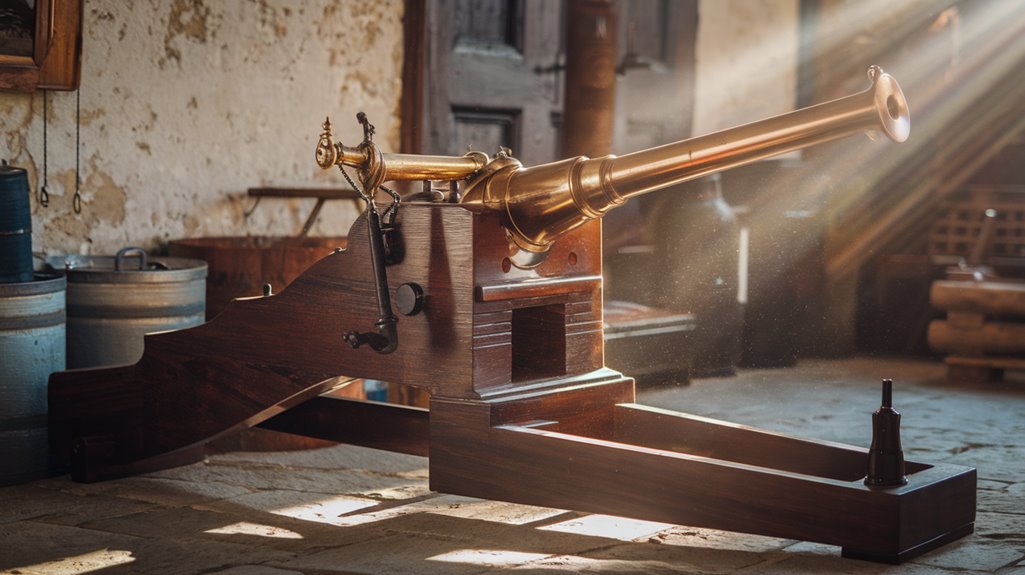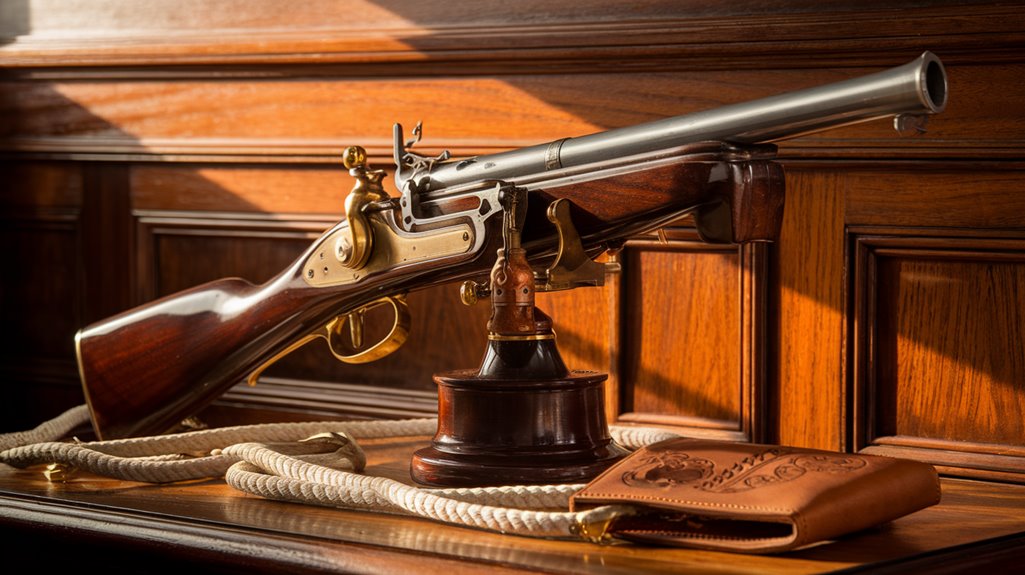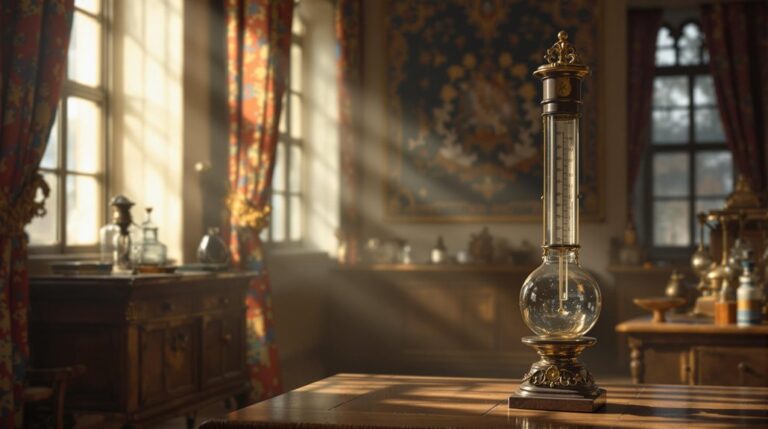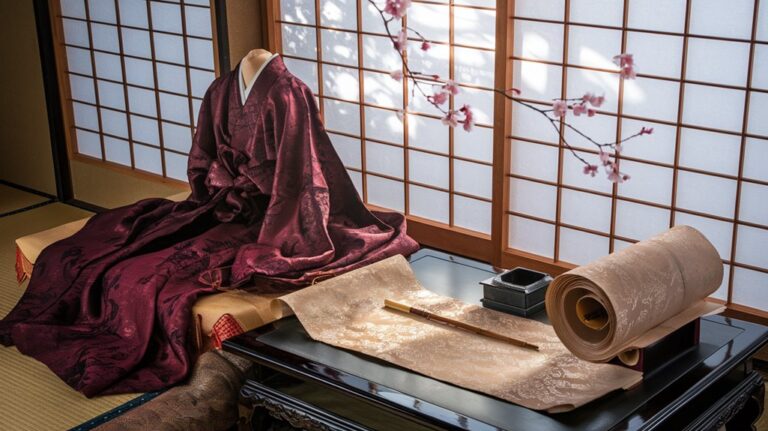Yes, Square Bullets Existed: The Baffling Puckle Gun
You've probably never imagined that a bullet could be anything but round, but history has a way of surprising us. In 1718, James Puckle patented one of history's most peculiar weapons: a gun that fired square bullets. This wasn't just an odd engineering choice – it came with a specific and rather controversial purpose. Behind this unusual design lies a tale of religious conflict, innovative engineering, and a weapon that could have changed the course of warfare.
The Birth of an Unusual Weapon: James Puckle's Vision
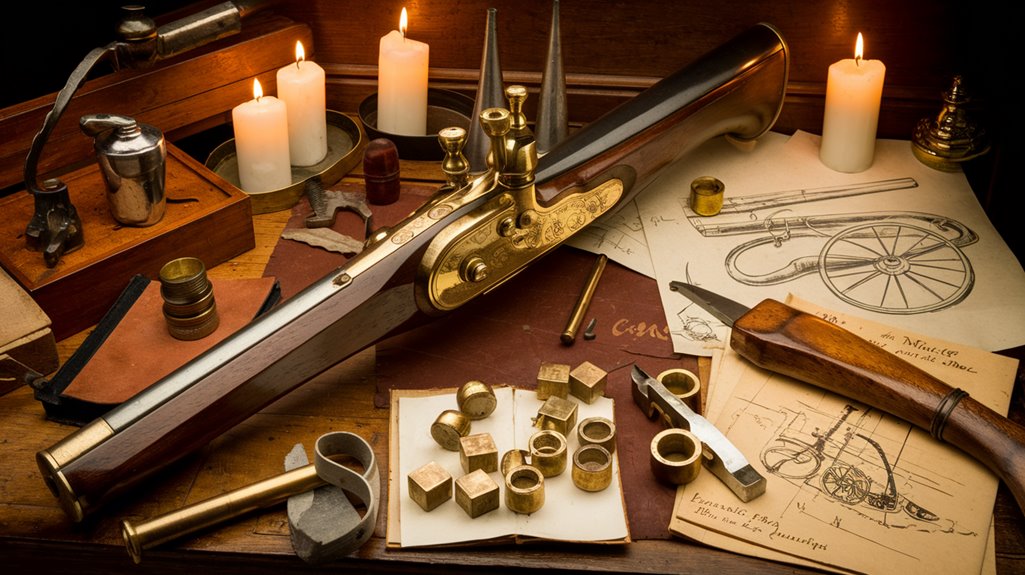
In the early 18th century, English inventor James Puckle sought to revolutionize naval defense with his groundbreaking weapon design. Following in his father's professional footsteps as a notary public, Puckle's path would lead him to create one of history's most intriguing firearms. Much like the Index and Epitome that would later document British achievements, his invention marked a significant milestone. The weapon was designed with two distinct configurations, featuring round and square bullets for different enemy combatants.
Puckle's innovation emerged from his desire to enhance naval strategies against swift-moving enemy vessels. In 1718, he patented his revolutionary gun – a flintlock weapon featuring a revolving cylinder that could hold between 6 to 11 shots.
The tripod-mounted firearm boasted a three-foot barrel and demonstrated impressive rapid-fire capabilities. Despite limited production, with possibly only two units ever built, the gun proved its worth during a 1722 public trial where it fired 63 shots in just seven minutes, showcasing its potential for ship defense.
Square vs. Round: A Tale of Two Bullets
Controversy surrounds one of the most peculiar aspects of Puckle's design – his decision to create two distinct types of ammunition.
In a reflection of the historical context of the 1700s, he developed square bullets specifically to inflict greater damage on Muslim Ottoman forces, while reserving round bullets for Christian enemies. The gun was promoted to fire 63 rounds in seven minutes, making it a revolutionary advancement for its time.
The bullet design choice proved problematic.
While square bullets were meant to tumble and create larger wound channels, their erratic flight paths made them wildly inaccurate and impractical.
Round bullets, by contrast, displayed superior aerodynamic properties. They maintained stable trajectories thanks to gyroscopic forces from rifling, leading to better accuracy and penetration. A key advantage of round ammunition was its straight-line penetration capability compared to other shapes.
You won't be surprised to learn that Puckle's square bullets never gained widespread adoption, while round bullets became the enduring standard for firearms.
The Engineering Marvel That Never Was
Despite James Puckle's ambitious vision for a rapid-fire weapon, his revolutionary gun design proved too complex for its time. While it could fire an impressive nine rounds per minute, triple that of standard muskets, mechanical reliability issues plagued the weapon. The flintlock mechanism frequently failed, and the gun's design limitations made it impractical for battlefield use. British military officials rejected the prototype in 1717 due to these issues.
You might wonder why only two Puckle Guns were ever produced – one iron prototype and one brass model. The answer lies in its complicated design, which proved impossible to mass-produce in the early 18th century. The gun's unique feature of firing round and square bullets was part of its religious and political agenda against Turkish forces.
The tripod-mounted weapon, with its three-foot barrel and manually operated revolving cylinder, required special handling and transport. These challenges, combined with unsuccessful trials at Woolwich in 1717, ultimately sealed the fate of this ahead-of-its-time invention.
Religious Warfare and Weapon Design
Religion shaped weapon design in unexpected ways during the Puckle gun's development, most notably through its distinct ammunition types. You'd find round bullets intended for Christian adversaries, while square bullets were reserved for Muslim Turks – a clear reflection of religious symbolism in warfare. The inventor believed his dual ammunition design would help convince Turks of Christian civilization's superiority.
This wasn't an isolated case in weapon evolution. Throughout history, religious conflicts drove innovations in military technology. Similar to how the Hussite hand cannons revolutionized European warfare against Catholic armies, religious tensions often sparked advancements in weaponry. You'll notice this pattern in Islamic arms decorated with Qur'anic inscriptions and in the cultural exchanges during the Crusades.
The Puckle gun's distinct ammunition choices echoed a broader trend of weapons carrying religious significance. However, practicality eventually trumped symbolism – the square bullets proved ineffective in flight, demonstrating how technical limitations often overshadowed ideological design choices.
From Puckle to Gatling: A Revolutionary Legacy
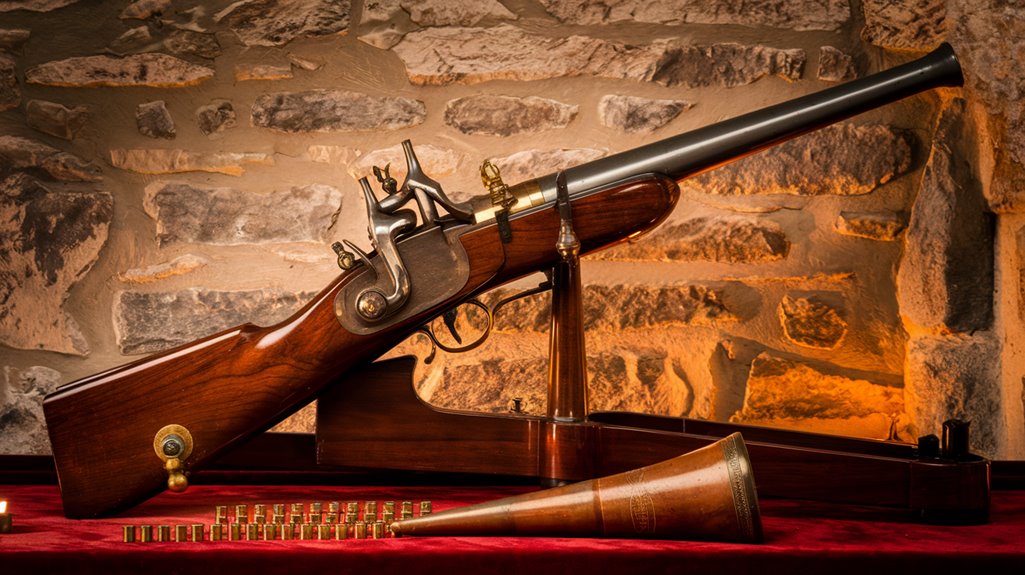
While the Puckle gun's limited production marked it as a commercial failure, its innovative revolving cylinder design laid essential groundwork for future rapid-fire weapons.
You can trace the Puckle legacy through its influence on subsequent firearms development, ultimately leading to the Gatling evolution nearly 150 years later.
Though the Puckle gun managed only nine rounds per minute and suffered from unreliable flintlock ignition, it demonstrated the potential of revolving weapon systems.
The weapon's unique feature of firing square-shaped projectiles at Muslim adversaries reflected the religious tensions of its era.
When Richard Gatling introduced his iconic gun in 1862, he improved upon these concepts by implementing multiple rotating barrels instead of a single barrel with a revolving cylinder.
This design proved far more reliable and effective, transforming military technology in ways that James Puckle could only have imagined.
The gun was originally designed to defend against Ottoman pirate ships that frequently attacked British vessels with their smaller, more agile boats.

